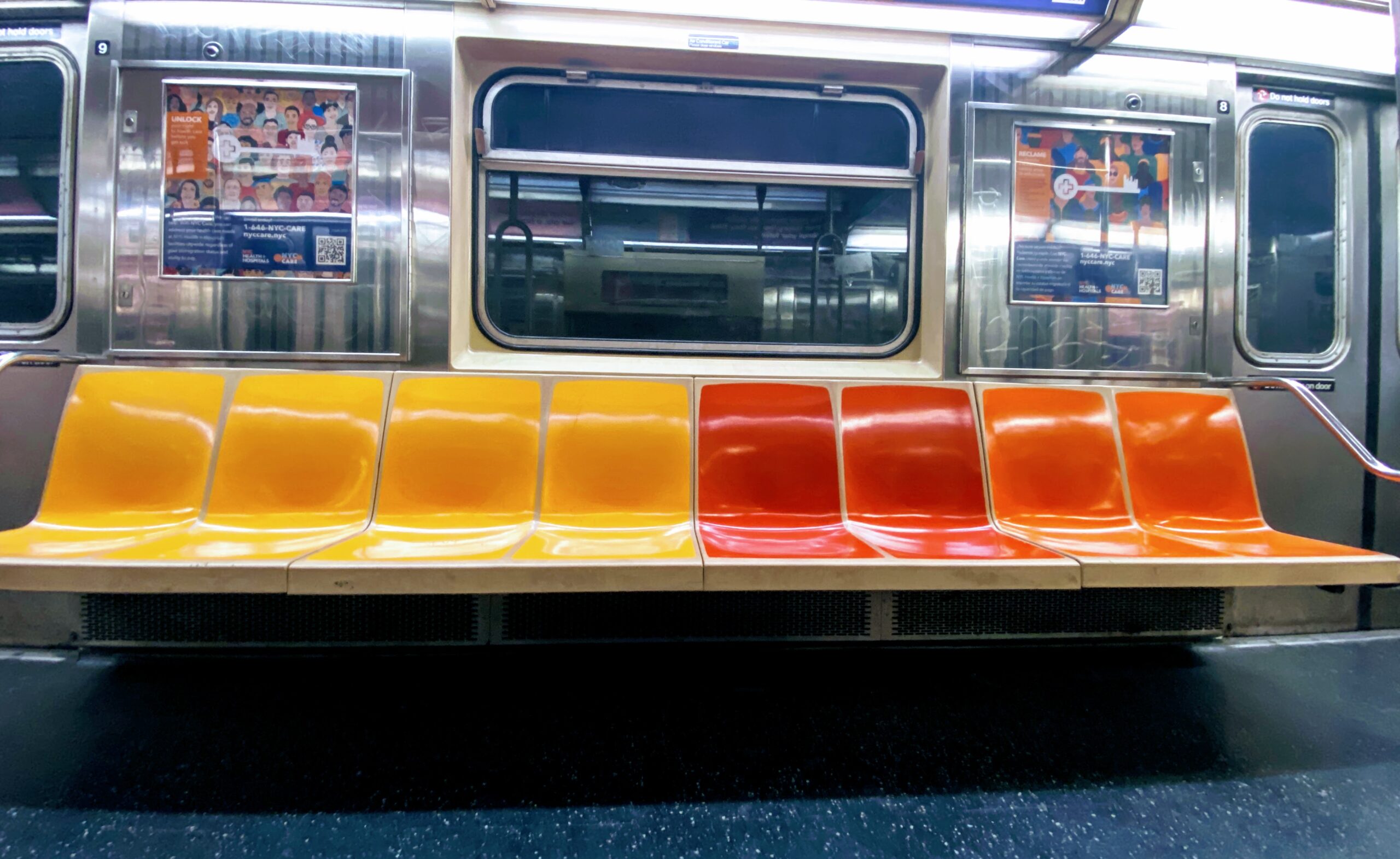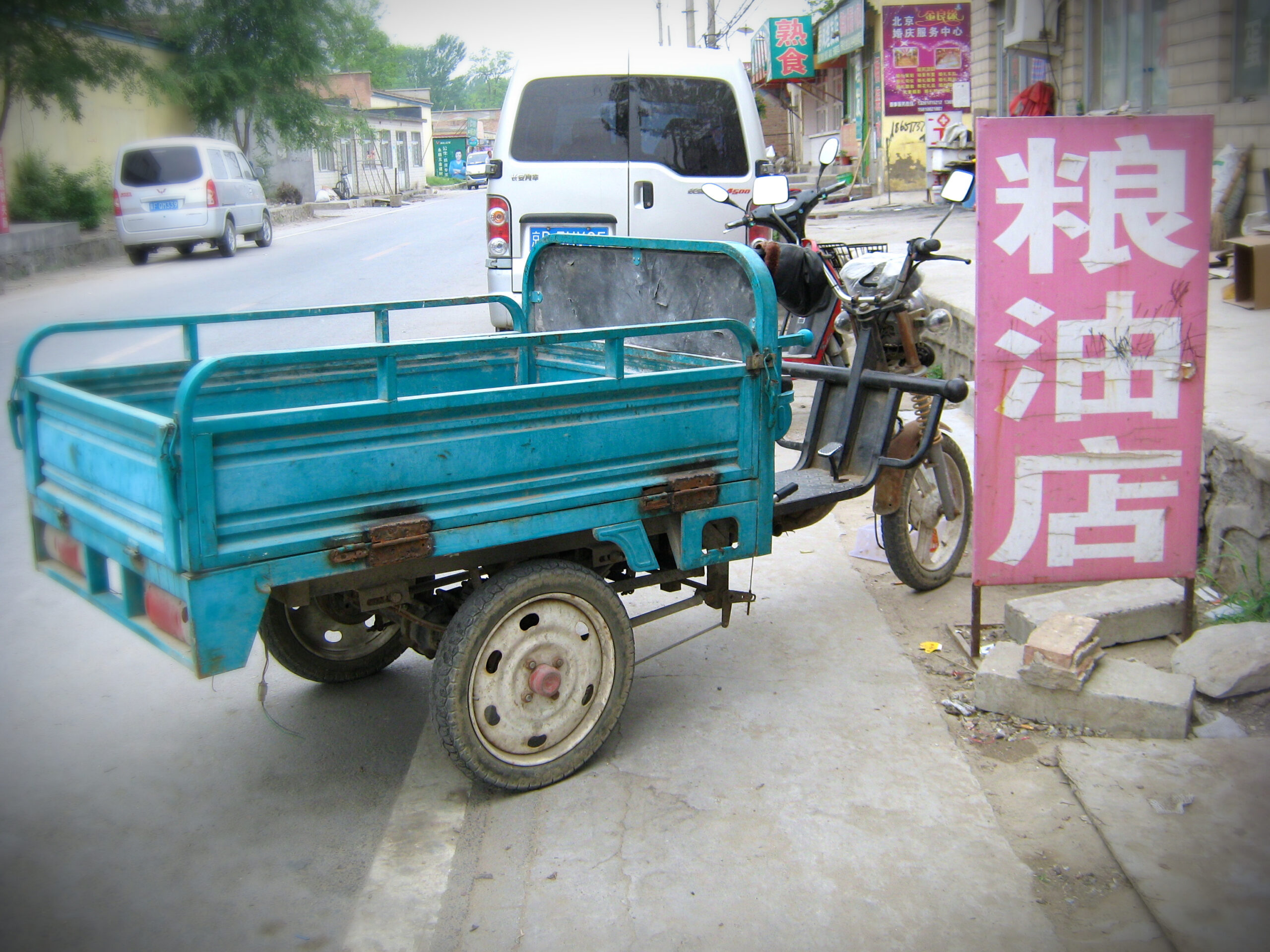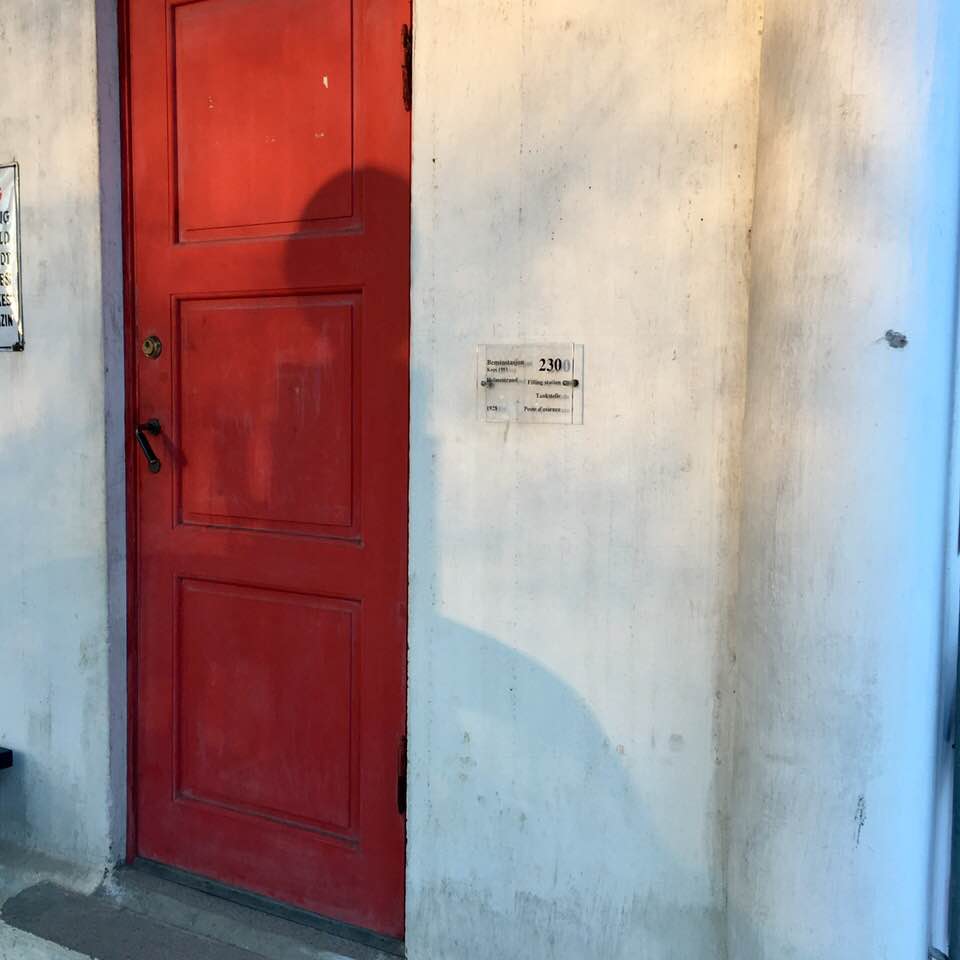
Beginners’ Guide to Public Transportation
For many of us in the US, public transportation is not something we have regularly used. Many of us who live outside major metro areas and don’t use public transportation often find it to be a challenge. And public transportation in a foreign country can be a terrifying prospect. Also, I am directionally challenged, struggle with maps, get anxious and flustered when even marginally confused so public transportation is an ongoing struggle for me. But I do it anyway, because I’m cheap!
Public transportation 101
Julianne and I have had some similar experiences so you’ll find us both chiming in on this post.

What is considered public transportation?
Depending on the city, your options may include buses, subways, trains, trolleys, or even ferries or boats!
What is it called?
Transport systems in different cities have their own name:
- In Chicago, most people will talk about the “L.” The train system consists of elevated tracks and underground tracks. The whole system, however, is called the CTA (Chicago Transit Authority), which encompasses the bus system and the “L” system.
- The New York public transit system is called the MTA.
- In Atlanta, it’s the MARTA. You get the gist.
A Google search for the name of the city that you’re visiting plus “public transportation” will usually lead you to the correct system.
How much does it cost and how do I pay?
Public transportation costs vary! Look for things like ride packages or special pricing if you are riding for a specific amount of time (a day, a week, a month) to see whether there are savings. Check the tourism or visitors’ bureau website for the city you’re visiting — they might offer a special deal just for tourists. In Ireland, if you pick up your transport card (LEAP) at the airport you get special pricing on the tourist card!
In most cities, you will need to purchase a transport card. In Chicago, this is called the Ventra Card. In New York, it’s the Metro. These can be purchased in the station, and you will need them to go through the turnstiles to get to the train/subway. You will need this same card to ride the bus (in most cities). Sometimes there are above-ground kiosks as well. The transport system website or mobile app can help you find locations.
Once you have a card loaded with funds you can use this to tap a turnstile for access to stations or to board buses. In some cities, you will also need to tap OUT of the station.
More and more cities are moving to all digital passes stored on your phone.
If you’re using cash (generally only allowed on a bus), be sure you have the exact change. And if the currency is paper, be sure it’s crisp and without tears.
If I’m traveling to a new city, what’s the best way to prepare?

Whether you’re home or abroad, read everything you can about public transportation for the area. Review the bus and train lines and see where they’re situated in relation to where you are staying. Get a little familiar with it so that when you are on the ground you have an idea of what street intersections or shops are nearby; Google Maps can help. In fact, many public transportation system stops appear as an overlay on Google Maps. In cities where it’s available, City Mapper also has great public transportation navigation.
The Hop-On Hop-Off bus system in New York City even offers photos of each stop on its website, so that you know exactly where to stand to wait for the next bus. You can read more about the Hop-On Hop-Off bus system here.
In any case, look for a street sign to indicate exactly where on the street you should wait for the appropriate bus. Keep your eyes peeled as well for signage if you’re looking for a ferry or even a train, though the dock or tracks will make these more obvious. In Chicago, trains for several different lines stop in the same spot but go to very different places. This is a good time to slow down and read signs if you’re not in the habit of doing so.
Learning the local words for “left” and “right” is very helpful as well if you’re traveling internationally.
Will the public transportation system have an app to download?
This really depends on where you are traveling, so always check to see! If they do have an app, it might offer some of the features below:
- Access maps for routes
- Transportation schedules
- Live updates on train or bus times
- The ability to store a credit card
- The ability to tap into stations or onto buses with your phone
- A way to add funds to your card
In Ireland, I was able to download the LEAP app, store my card digitally on the app, reload when funds were low and use my phone to tap on to the bus and train. You can do this in Chicago as well with your Ventra card.
What if I need help?
There are often employees in bus/train stations; don’t be afraid to ask for help! On my first solo trip to Washington, D.C., I (Heather) couldn’t figure out how to leave the station! I stopped an employee, and they chuckled when I said I couldn’t figure out how to leave. I’d never been in a station that you had to tap OUT of with your card.
If you’re overseas and don’t find an employee, look for a friendly face. I (Julianne) had trouble making a purchase at the automated ticket kiosk for the Milan Metro. I asked a kind woman behind me, who determined it didn’t like my credit card. She was trying to catch a train quickly, so I found a man working at a newspaper stand to ask about the nearest ATM where I could withdraw euros.
Even further, when my very young daughter and I decided that a flight delay in Paris on our way home from Spain meant that we had enough time to zip out to the Cathedral of Notre Dame on the Paris Metro from the airport, but found it impossible to determine which of five underground levels was the correct train back, a kind man explained that he was also going to the airport and showed us the right platform, then proceeded to regale us with the most interesting things about maverick biodynamic winemaker Nicolas Joly. (I was studying to be a sommelier at the time.)
Moral of the story? You will likely mess up. Most people are very helpful; just don’t reveal intimate details about your destination and situation.
How do I stay safe?
Just as with anything else you are doing when you are traveling, be smart!
- Watch your things.
- Make sure all of your pockets on bags or purses are zipped.
- Don’t shove your phone in your back pocket while you are standing and riding on a busy train (or really ever). It can be snatched or fall out.
- If you put your bag down, put a foot through the straps.
- Don’t wear your bag on your back on a crowded train — wear it on your front. (This is also more polite.)
- If you wear headphones, consider keeping one out so you can keep an ear open for what is going on around you.
- If you’re traveling solo, use caution when traveling at night. Be wary of deserted stations, as well as deserted train cars.
- If you have a choice, be mindful of who you sit near. On the L in Chicago, my young daughter (Julianne’s) was harassed by a man behind her who was clearly drunk in the middle of the morning. A kind male passenger came up after a few minutes and engaged the man so that he would leave us alone. I’m now much more aware of who is seated directly around me.
- Avoid sharing too many details with strangers (or loudly with your traveling companion) about your room, your hotel location or your evening plans. If you’re traveling solo, avoid mentioning that fact to strangers.
- Ask at your hotel or hostel if there are certain areas or stations to avoid after dark. Be aware!
What else should I know about using public transportation when traveling?
Buses can be more challenging.
- Often many bus lines share the same stop. You need to know that you’re getting on the right line and route, going in the right direction. Be sure you know the name and number of the line and bus, as well as which direction you want (for example, 34 Sheridan N).
- You can often use your transport card or phone to tap in when you enter the bus. If there is an issue, the bus driver will let you know. And if the system accepts cash, have exact change in new, crisp currency.
- Don’t expect the bus drivers to answer a lot of questions. They are trying to be on time for the locals. (Remember, you are a visitor; people around you are trying to get to work!)
- Some buses will have a digital sign alerting you to the next stop, sometimes they won’t and occasionally they aren’t correct. Look for a system map posted inside the bus and compare it with street signs out the window, or use Google Maps or the system’s app.
- Watch the local residents to see how they signal the driver to stop. I’ve often seen either a button to push or a horizontal wire to pull near the windows.
Practice good manners.
Remember, you are a guest in a city. If you are traveling with a big bag or suitcase, try to keep out of the way. If you have a large purse or backpack, put it on your lap if the bus or train is crowded. Some trains have rules against eating or drinking as well as not putting your feet up on the seats. You will be fined in many cities if you put your feet on the seat. I’ve seen heated discussions in travel groups about this. See how other people are behaving and follow suit. Be quick and courteous. Be a good visitor. And thank your driver! In Ireland, people thanked the bus driver as they got off. I (Heather) thought that was so charming!
Use your phone judiciously.
Avoid taking photos in a crowded space. Not everyone wants their picture taken. Just because it’s novel to you to ride on this street car or bus doesn’t mean a resident wants their photo taken. And in certain parts of the world, having your phone out signals that you’re a tourist and an invitation for it to be snatched. Glance as needed for directions, but pay attention to your surroundings. Blend.
Have fun!

Riding the bus allows you to really immerse yourself in a community. People are going to work or school, living their lives. That’s the best part of public transportation — feeling like you belong in that community!
Don’t panic!
If you get off at the wrong stop, you can usually catch another train or bus and get back on (or go back the way you came). Stay calm and look confident. And if you get turned around, lost or confused, you’ll find that most people are more than willing to help out a stranger — just smile and ask!
Even after several years of traveling, I (Heather) still struggle at times with my nerves and with navigating bus stops (I’m the WORST). But public transportation is efficient, it’s budget-friendly and it’s an important skill to learn. And each time, using public transportation gets a little easier!
Ready to book your trip?
Book your accommodations
We like booking.com for accommodations. They offer a range of hotels, resorts, apartments, guesthouses and even hostels. The platform also has a loyalty program that allows members to save even more.
Book your tours
We love booking tours through a single provider and keeping our mobile tickets in one spot. We use GetYourGuide. We appreciate that they work with local companies and provide a wide variety of tours!
Stay connected
When using an eSIM, we like Airalo. An eSIM is the easiest way to obtain cell service outside your network. We have used their eSIM cards in Budapest, Canada and Ecuador, and so far, so good! Simply download the Airalo app, select the country you’re traveling to, and choose the amount of data you want. Follow the installation instructions and turn it on when you arrive!
Shopping for your trip?
We make a small commission when you use our Amazon Affiliate link. It helps offset the expense of maintaining our website and costs you nothing extra.
Attachments
The views expressed on this website represent the opinions of the authors; we encourage you to form your own opinions and confirm any facts.
This post likely contains affiliate links. If you shop or make a reservation through these links, we may make a small commission (for which we are very grateful!) at no extra cost to you. Not all links are affiliates, and we only suggest products and places that we have experienced.



